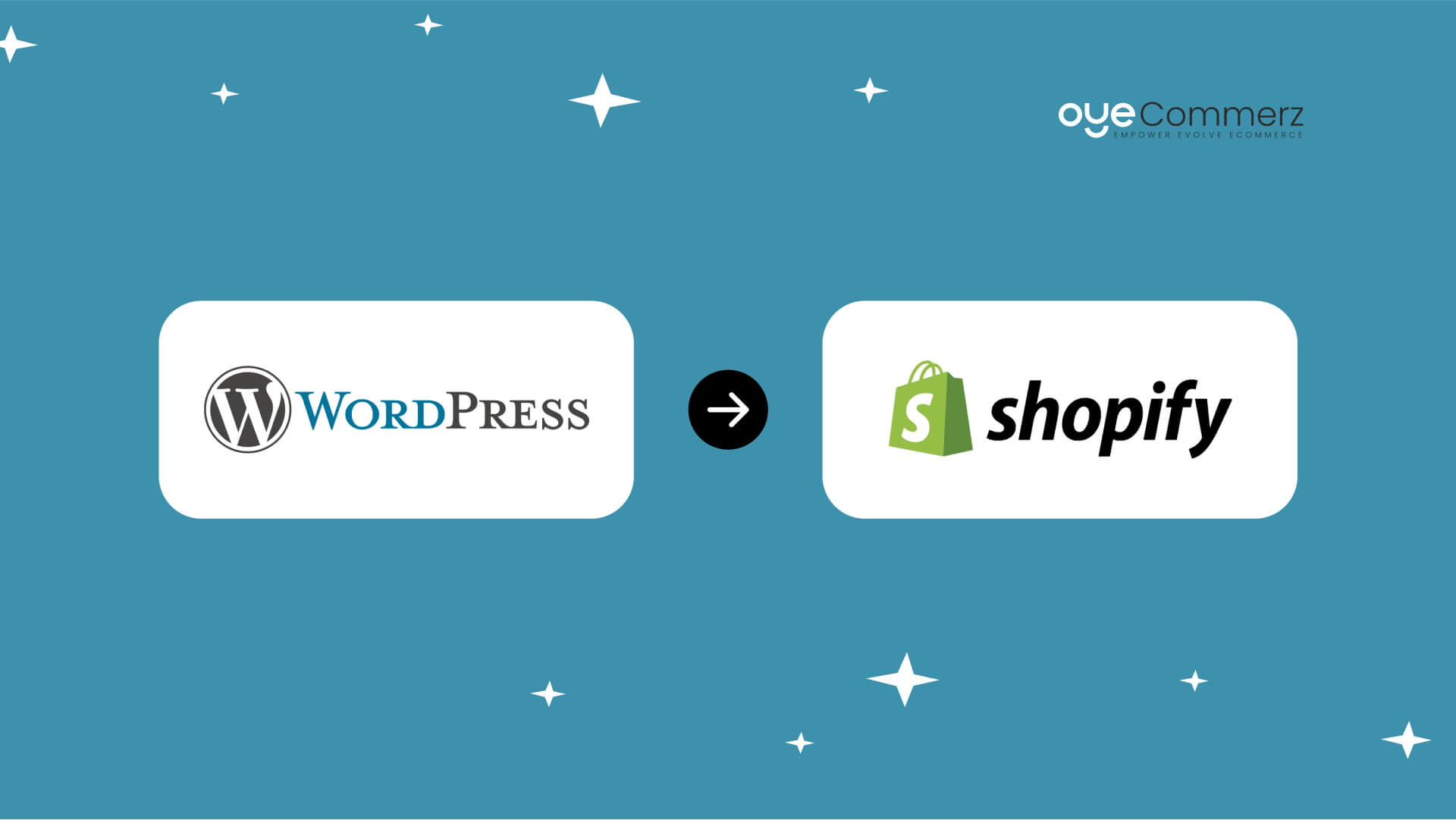Transitioning from WP to Shopify marks an promising step in streamlining your online store operations. As businesses grow, selecting a solution that aligns with growth potential, user experience, and customization is essential. Shopify has emerged as a preferred choice for online merchants, offering unmatched flexibility, security, and ease of use. In this guide, we’ll explore the transformative impact of this migration, discuss the advantages, and provide practical tips to ensure a seamless transition.
1. Top Reasons to Transition from WP to Shopify
WordPress, paired with WooCommerce, has served countless e-commerce platforms. Nevertheless, as businesses expand, challenges like plugin dependency, data risks, and technical complexities can hinder progress. Shopify, designed explicitly for e-commerce, addresses these concerns with an all-in-one, intuitive solution. Real data back this transition—Shopify hosts over 4.4 million stores worldwide, with a documented 10% boost to sales conversion rates for numerous merchants after migration.
2. Shopify's Advantages for Thriving Online Stores
Shopify’s powerful platform caters for expanding businesses. Its notable benefits include:
- Seamless Customization: Shopify provides over 80 professionally designed themes.
- Integrated Tools: Capabilities such as Shopify Payments and integrated SEO streamline operations.
- International Expansion: Multi-currency support and localization features enable businesses to expand internationally.
Additionally, Shopify boasts an availability percentage of 99.98%, ensuring your website remains accessible.
3. Preparing for WordPress to Shopify Migration
Before migrating, assess your existing setup. Analyze product data, client information, and SEO performance. Tools like Shopify’s Migration Kit or third-party solutions can simplify this process. Create a detailed strategy, ensuring all resources—item details, images, and articles—are ready for seamless import.
4. Data Migration: A Critical Step
Transferring your data forms the foundation for a successful transition. When migrating from WP to Shopify, prioritize:
- Shopify setup and customization Inventory Details: SKU, descriptions, and groupings.
- Client Information: Emails, purchase records, and custom fields.
- Search Engine Considerations: Retain meta tags, URLs, and forwarding paths to maintain search rankings.
Leverage tools such as LitExtension to facilitate seamless migration while minimizing errors.
5. Tailoring Your Shopify Store to Fit Your Brand
Post-migration, customizing your Shopify store helps it reflects your business identity. Utilize Shopify’s intuitive page builder to create layouts with ease. Shopify's themes are mobile-responsive, providing a smooth UX across platforms—a key point, given 74% of online shopping is generated by mobile visitors.
6. How to Protect Your SEO Rankings When Switching Platforms
SEO is vital for maintaining your visibility during migration. Shopify is highly optimized for search engines with clean URL structures, preloaded features, and smooth content management. Make sure you:
- Set up URL forwarding for old URLs.
- Enhance updated content with targeted phrases.
- Use Shopify's apps Plug in SEO to track analytics post-migration.
7. Essential Tests After Migrating to E-commerce website migration Shopify
Once the migration is complete, conduct thorough testing.
Check: - Page load times (Shopify delivers faster speeds compared to WordPress).
- Functionality of payment gateways and checkout processes.
- Mobile responsiveness.
Testing ensures your store delivers a smooth shopping experience from day one.
8. Case Study of a Successful Migration
An example of effective platform switching is Gymshark, a fitness apparel brand that moved to Shopify. After the switch, the company experienced a 60% increase in mobile sales and significantly lowered site downtime. This highlights the potential of Shopify in enhancing e-commerce growth.
9. Overcoming Common Migration Issues
Migration comes with challenges, such as information accuracy and adjusting tailored features. However, Shopify’s extensive assistance and third-party experts make overcoming these hurdles manageable. Partnering with experienced Shopify developers ensures a trouble-free transition.
10. Starting Your Journey with Shopify
Switching from WordPress to Shopify represents a strategic approach to online retail. By addressing scalability, streamlining operations, and improving buyer satisfaction, Shopify empowers businesses to succeed in competitive markets.
Final Thoughts
Switching from WP to Shopify is a strategic move that can greatly enhance your online business performance. With a well-structured strategy, the appropriate resources, and professional guidance, you can unlock new success milestones.
Ready to make the leap? Reach out today to learn how our Shopify migration services can revolutionize your e-commerce platform. Get in touch today, or consider: Is it time to seize Shopify’s advantages for your store?
